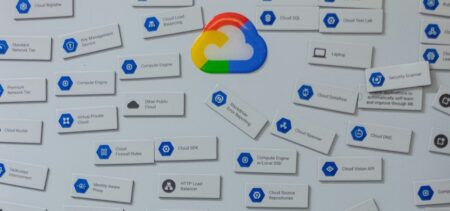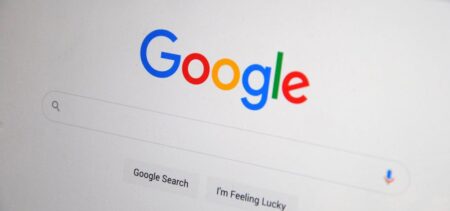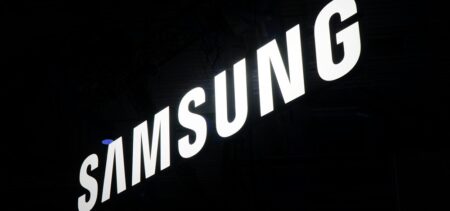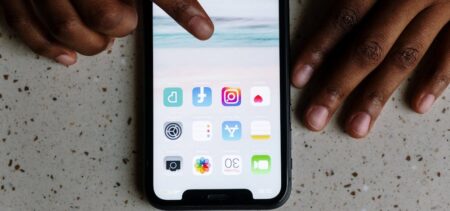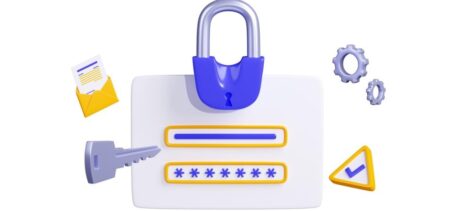Microsoft and LinkedIn announced on Monday the deal that baffled tech enthusiasts – they have entered into a definitive agreement under which Microsoft will acquire LinkedIn for $196 per share in an all-cash transaction valued at $26.2 billion, inclusive of LinkedIn’s net cash. LinkedIn will retain its distinct brand, culture and independence. Jeff Weiner will remain CEO of LinkedIn, reporting to Satya Nadella, CEO of Microsoft. Reid Hoffman, chairman of the board, co-founder and controlling shareholder of LinkedIn, and Weiner both fully support this transaction. The transaction is expected to close this calendar year.
I say “baffled” because $26.2 billion for a company that doesn’t make a (GAAP) profit is a rather large sum for Microsoft to invest. It’s also a somewhat uncharacteristic move for the company as well – given that the most significant big budget Microsoft acquisition from the past decade was $8.5 billion (Skype).
Why does this deal make sense (for the companies)
In a CNBC intervention, Microsoft CEO Satya Nadella and LinkedIn CEO Jeff Weiner explained why this deal makes sense.
“This deal is all about bringing together the world’s leading professional cloud, and the world’s leading professional network,” said Satya Nadella, CEO of Microsoft. “If you think about how people work today, it’s split between these two worlds. They’re using Office on a daily basis, they’re using systems like Dynamics for their CRM and human capital management, and then of course they’re using their professional network. The dream that I always had is how do we make this come together, so that we can serve our customers. So when I think about reinventing productivity and business process, this is really about completing that scenario. To me this is about the next phase of growth for Microsoft. Of course we can do things commercially in terms of integrations, but when I think about the opportunity ahead, on productivity, business process, and a professional network, it’s a tremendous opportunity to expand our ability to grow,” he added.
“We started talking in earnest in February about deep scenarios. LinkedIn by itself is a multi-sided market. There is LinkedIn membership and that LinkedIn member goes along with Office 365 usage, because these professionals use Office 365 on one side, and LinkedIn on the other side. That’s one massive opportunity for us to increase engagement on both. But think about the other side of LinkedIn: it is about higher market sell and learn. That’s all business process. That’s a huge opportunity for us to integrate and expand into business processes with dynamics. Those are the two sides that are both crown jewels of LinkedIn, but it’s really about putting them together with the crown jewels of Microsoft – that is Office 365, and our cloud,” explained the CEO of Microsoft.
Deal specifics
As we all know, LinkedIn is the world’s largest and most valuable professional network and continues to build a strong and growing business. Over the past year, the company has launched a new version of its mobile app that has led to increased member engagement; enhanced the LinkedIn newsfeed to deliver better business insights; acquired a leading online learning platform called Lynda.com to enter a new market; and rolled out a new version of its Recruiter product to its enterprise customers. According to the official press release, these innovations have resulted in increased membership, engagement and financial results, specifically:
- 19 percent growth year over year (YOY) to more than 433 million members worldwide
- 9 percent growth YOY to more than 105 million unique visiting members per month
- 49 percent growth YOY to 60 percent mobile usage
- 34 percent growth YOY to more than 45 billion quarterly member page views
- 101 percent growth YOY to more than 7 million active job listings
“The LinkedIn team has grown a fantastic business centered on connecting the world’s professionals,” Nadella said. “Together we can accelerate the growth of LinkedIn, as well as Microsoft Office 365 and Dynamics as we seek to empower every person and organization on the planet.”
“Just as we have changed the way the world connects to opportunity, this relationship with Microsoft, and the combination of their cloud and LinkedIn’s network, now gives us a chance to also change the way the world works,” Weiner said. “For the last 13 years, we’ve been uniquely positioned to connect professionals to make them more productive and successful, and I’m looking forward to leading our team through the next chapter of our story.”
The transaction has been unanimously approved by the Boards of Directors of both LinkedIn and Microsoft. The deal is expected to close this calendar year and is subject to approval by LinkedIn’s shareholders, the satisfaction of certain regulatory approvals and other customary closing conditions.
“Today is a re-founding moment for LinkedIn. I see incredible opportunity for our members and customers and look forward to supporting this new and combined business,” said Hoffman. “I fully support this transaction and the Board’s decision to pursue it, and will vote my shares in accordance with their recommendation on it.”
Financing the transaction
Microsoft will finance the transaction primarily through the issuance of new indebtedness. Upon closing, Microsoft expects LinkedIn’s financials to be reported as part of Microsoft’s Productivity and Business Processes segment. Microsoft expects the acquisition to have minimal dilution of ~1 percent to non-GAAP earnings per share for the remainder of fiscal year 2017 post-closing and for fiscal year 2018 based on the expected close date, and become accretive to Microsoft’s non-GAAP earnings per share in Microsoft’s fiscal year 2019 or less than two years post-closing. Non-GAAP includes stock-based compensation expense consistent with Microsoft’s reporting practice, and excludes expected impact of purchase accounting adjustments as well as integration and transaction-related expenses. In addition, Microsoft also reiterated its intention to complete its existing $40 billion share repurchase authorization by Dec. 31, 2016, the same timeframe as previously committed.
What does it mean for the Microsoft/LinkedIn user?
Short term: LinkedIn integrations with Microsoft owned software – first significant one will probably be Office 365. But given the rather sizeable investment, LinkedIn will most likely be pushed everywhere.
Long term: business process reinvention. This basically still means advanced integration, but like it or not, LinkedIn will most likely be part of most Microsoft offers from now on.




